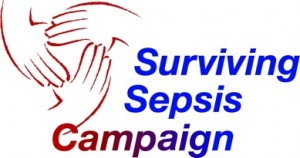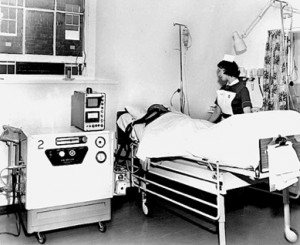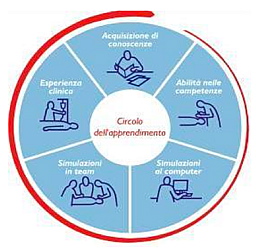Letture Consigliate
Nurse Science
From Critical Care Medicine
Nursing Considerations to Complement the Surviving Sepsis Campaign Guidelines
Leanne M. Aitken, RN, PhD, FRCNA; Ged Williams, RN, MHA; Maurene Harvey, RN, MPH; Stijn Blot, RN, Cc, RN, MNSc, PhD; Ruth Kleinpell, RN, PhD; Sonia Labeau, RN, MNSc; Andrea Marshall, RN, PhD; Gillian Ray-Barruel, RN, Grad Cert ICU Nursing, BA (Hons); Patricia A. Moloney-Harmon, RN, MS, CCNS, FAAN; Wayne Robson, RN, MSc; Alexander P. Johnson, RN, MSN, ACNP-BC, CCNS, CCRN; Pang Nguk Lan, RN, MSc; Tom Ahrens, RN, DNS, FAAN
Critical Care Medicine, July 2011
Abstract
 Objectives: To provide a series of recommendations based on the best available evidence to guide clinicians providing nursing care to patients with severe sepsis.
Objectives: To provide a series of recommendations based on the best available evidence to guide clinicians providing nursing care to patients with severe sepsis.
Design: Modified Delphi method involving international experts and key individuals in subgroup work and electronic-based discussion among the entire group to achieve consensus.
Methods: We used the Surviving Sepsis Campaign guidelines as a framework to inform the structure and content of these guidelines. We used the Grades of Recommendation, Assessment, Development, and Evaluation (GRADE) system to rate the quality of evidence from high (A) to very low (D) and to determine the strength of recommendations, with grade 1 indicating clear benefit in the septic population and grade 2 indicating less confidence in the benefits in the septic population. In areas without complete agreement between all authors, a process of electronic discussion of all evidence was undertaken until consensus was reached. This process was conducted independently of any funding.
Results: Sixty-three recommendations relating to the nursing care of severe sepsis patients are made. Prevention recommendations relate to education, accountability, surveillance of nosocomial infections, hand hygiene, and prevention of respiratory, central line-related, surgical site, and urinary tract infections, whereas infection management recommendations related to both control of the infection source and transmission-based precautions. Recommendations related to initial resuscitation include improved recognition of the deteriorating patient, diagnosis of severe sepsis, seeking further assistance, and initiating early resuscitation measures. Important elements of hemodynamic support relate to improving both tissue oxygenation and macrocirculation. Recommendations related to supportive nursing care incorporate aspects of nutrition, mouth and eye care, and pressure ulcer prevention and management. Pediatric recommendations relate to the use of antibiotics, steroids, vasopressors and inotropes, fluid resuscitation, sedation and analgesia, and the role of therapeutic end points.
Conclusion: Consensus was reached regarding many aspects of nursing care of the severe sepsis patient. Despite this, there is an urgent need for further evidence to better inform this area of critical care.
Per Continuare A Leggere Vai All’articolo (Free) Cliccando qui
Già Da Noi Pubblicati:
Abstract e Algoritmo (Booklet): Linee Guida e Managment della Sepsi Severa e dello Shock Settico (in lingua inglese)
?>/images/rss.jpg) Rss
Rss ?>/images/header_blog.jpg)


?>/images/facebook.png)